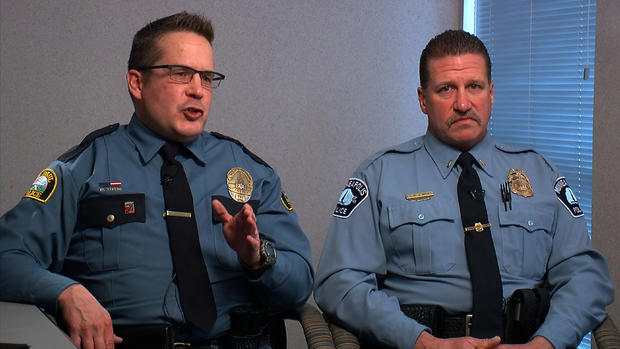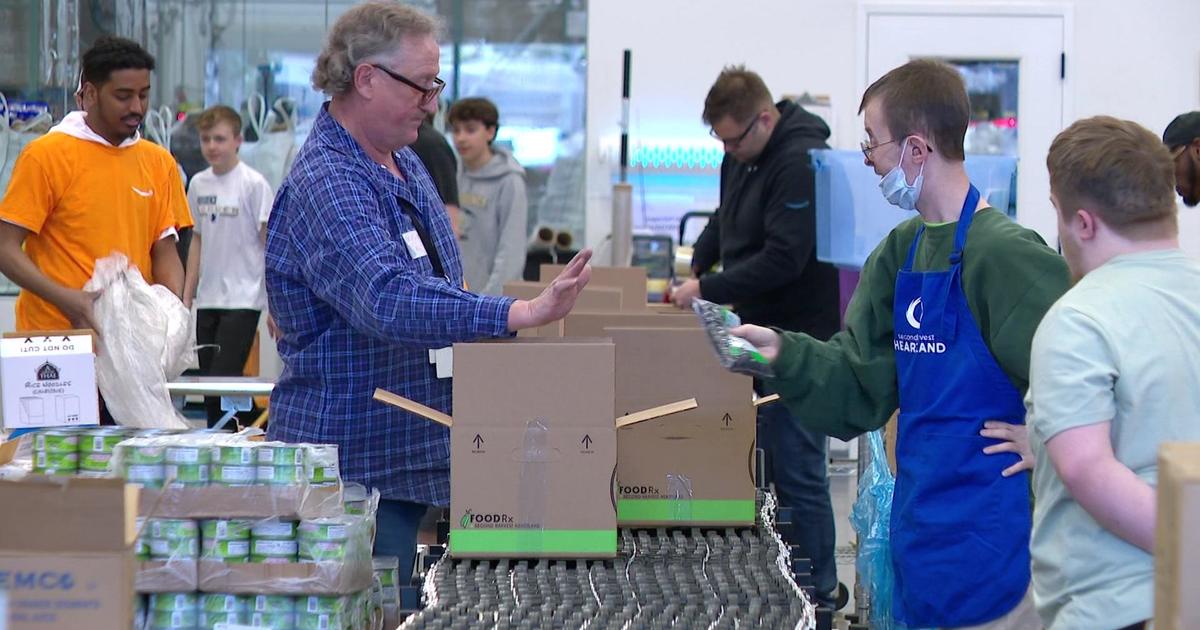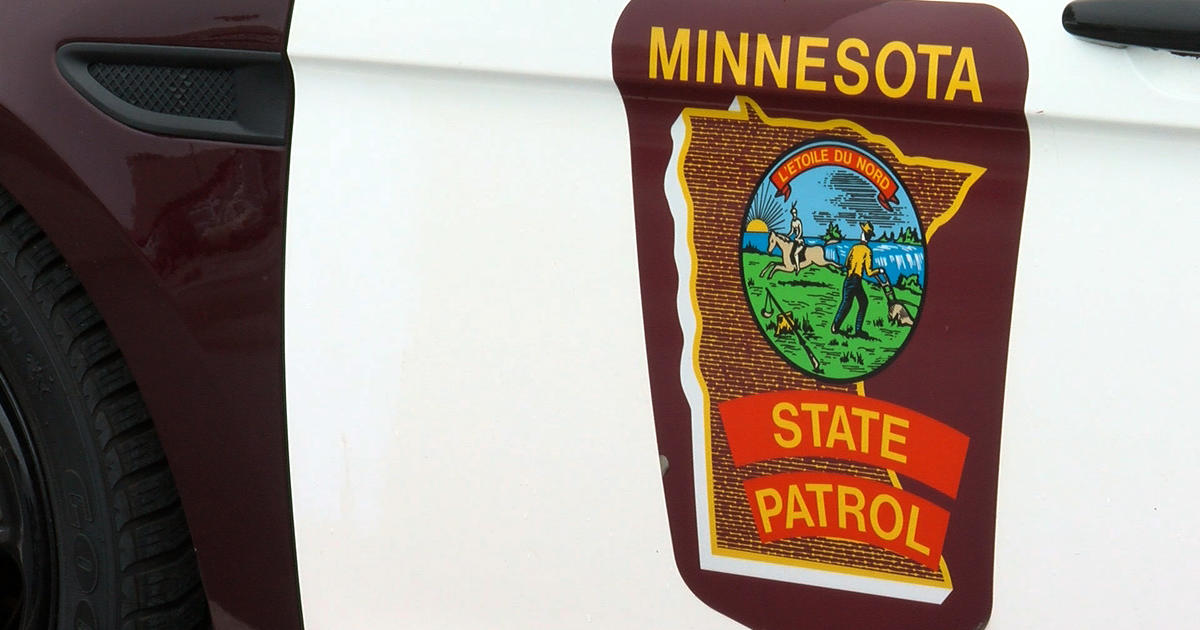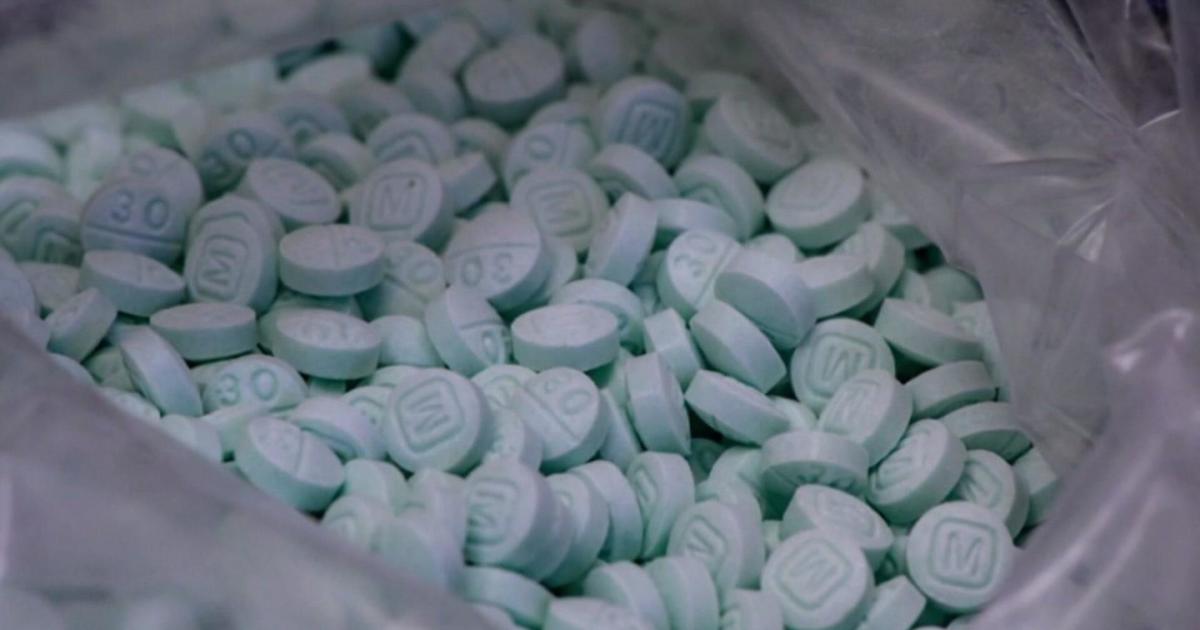Deadly Use Of Force By Police Under Fire
MINNEAPOLIS (WCCO) -- Any day now, we should learn whether two Minneapolis police officers will face charges in Jamar Clark's death.
Witnesses said the 24-year-old was handcuffed when police shot him last fall. The shooting sparked weeks of protest.
The department disputes that, and the police union says Clark reached for an officer's gun during a struggle.
WCCO investigated what happens after police pull the trigger in Minnesota, and the controversial new push to stop it from ever happening in certain cases.
The face-offs are happening at least every few months across Minnesota; someone police consider a threat versus a member of law enforcement who uses a gun to end it.
The shootings span the state. A WCCO Investigation found at least 34 people died in police shootings since 2012.
No Minnesota department has had more fallout from one of those cases than Minneapolis. The city's 850 officers are already go through de-escalation training. But they have started a new crisis-intervention course, preparing police to better respond to mental health calls.
Troy Schoenberger is commander of the Leadership and Organizational Development Division for the Minneapolis Police Department.
"We're focusing on de-escalation, focusing on communication to … [try] to bring these types of cases to a successful resolution without having to use force," Schoenberger said. "Using force should always be the last resort. It's what leads up to that that we're really focusing on here."
The department says the training is in response to a national conversation as use of force is under fire.
Since 2012, Minneapolis police killed four people. Nine people were killed by St. Paul police and at least 21 people died in shootings across the state -- involving other law enforcement agencies that the Bureau of Criminal Apprehension investigated.
A law enforcement think tank has ideas on how to make those numbers fall. The Police Executive Research Forum released a report critical of how police are currently trained to use deadly force in some scenarios, focusing instead on slowing down situations.
The changes focus solely on people armed with knives or other sharp weapons, not guns. But the PERF Report also asks officers to think about how the public might view their actions before force is used. It is the recommendation of which law enforcement officers are most critical.
The Minneapolis and St. Paul police chiefs were part of the forum which finalized the new report.
The presidents of their police federations are not against all of the recommendations, but they think the bigger issue here is not policy -- but public relations. They believe people need to better understand the dangers police face each day.
Officer Dave Titus is president of the St. Paul Police Federation.
"It's as if, you know, the suspect is compliant and it's in a sterile environment, almost as if this is going to be a laboratory experiment," Titus said. "That is not life. That is not real policing."
Lt. Bob Kroll is president of the Minneapolis Police Federation.
"You can only call in so many people to negotiate with a person. At some time, diplomacy fails and force has to be applied," Lt. Kroll said. "And whenever it does get applied, it doesn't look pretty but it's the nature of the job."
Any time an officer uses deadly force regardless if someone dies, it is reviewed by a county attorney or grand jury. In the years WCCO reviewed, every time an officer used deadly force, their actions were ruled to be justified. No officers were ever criminally charged.
"Those statistics are reflective of studies that have shown that we make good decisions," Titus said. "Doesn't mean that we like making that decision. It means we had to make that decision."
Still, departments are taking a closer look at the moments that lead up to those decisions.
Cmdr. Schoenberger thinks it will ultimately make scenes safer, for everyone.
"We understand that at the end of the day, force may be necessary," Schoenberger said. "The goal is to reduce the number of times that it's necessary."
Forty-four others survived police shootings during the years we reviewed. Drugs, alcohol and mental illness played a prominent role in many cases, and several officers knew going into the call that the person had a mental health history.
In Minneapolis, there have been 23 officer-involved shootings between 2011 and 2015. Four of those were fatal; nine involved suspect injuries; and there were no suspect injuries in 10 of those cases.
There were approximately 2.25 million documented calls for service from Minneapolis Police between 2011 and 2015, and 20,649 shooting calls in that same time frame.
Click here to view St. Paul Police's data, and click here for data from the Minnesota Bureau of Criminal Apprehension.




